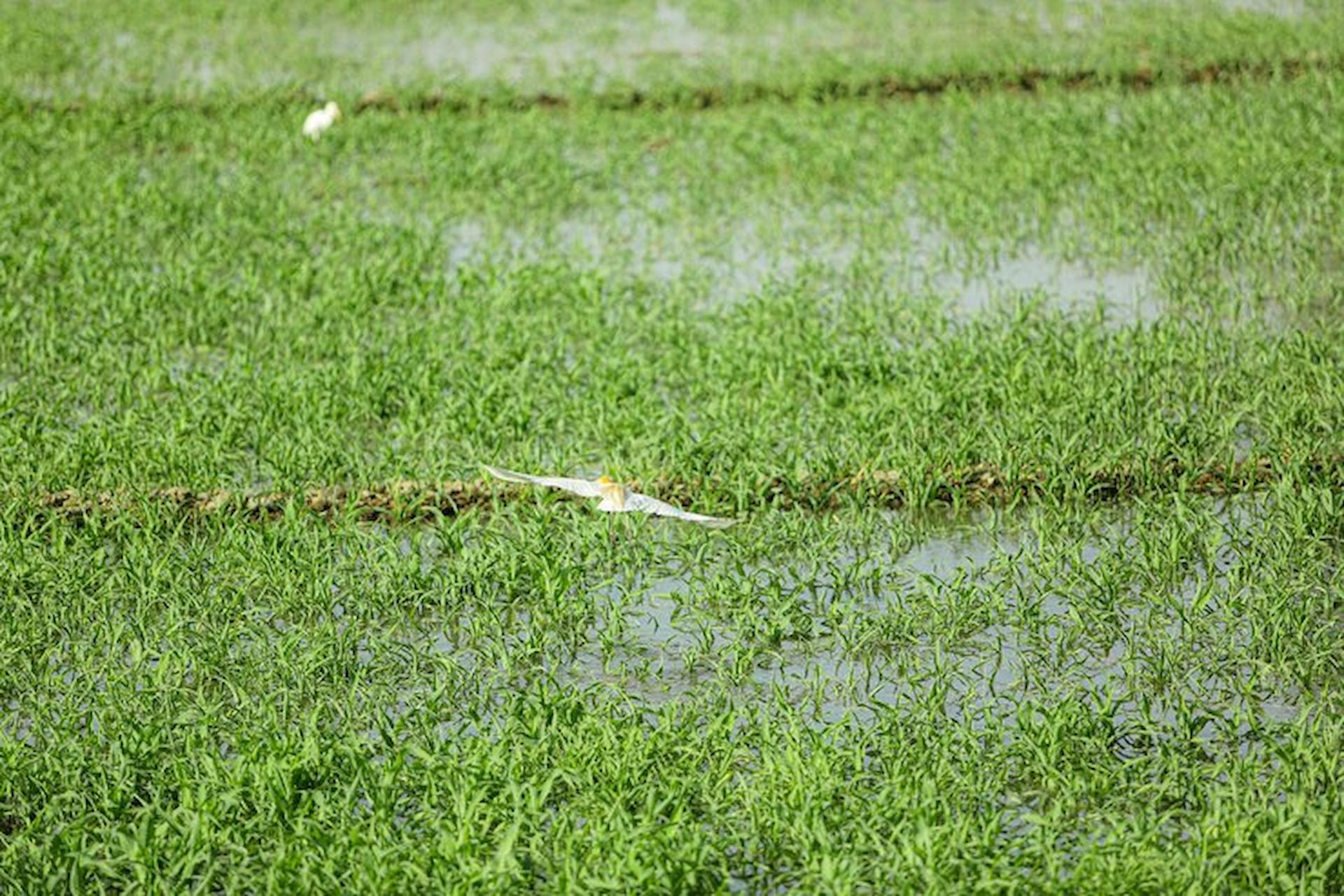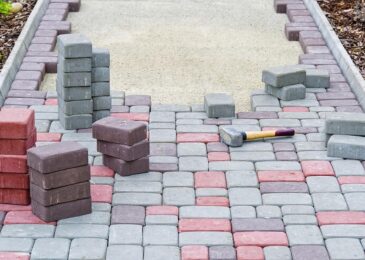
Find the ideal techniques for ensuring your lawn stays lush and green with core aeration. And liquid aeration. Learn the pros, cons, and expert tips for effective lawn care.
A well-maintained lawn is a beautiful sight and a testament to effective lawn care practices. Among the crucial techniques are core and liquid aeration, each offering unique benefits and challenges. Understanding these methods is essential for anyone seeking a healthy, vibrant lawn. This comprehensive guide explores the nuances of core and liquid aeration, providing insights to help you make informed decisions for your lawn care regimen.
The Basics of Lawn Aeration
Lawn aeration involves perforating the soil with small holes, allowing air, water, and nutrients to penetrate the grass roots. This process alleviates soil compaction and promotes healthier grass growth. Core aeration and liquid aeration are two primary methods used by homeowners and professionals alike to achieve these goals.
Exploring Core Aeration
Core aeration, often called mechanical aeration, uses a specialised machine to extract small plugs of soil from the lawn. These plugs, or cores, are typically 0.5 to 0.75 inches in diameter and 2 to 3 inches long. Core aeration benefits include improved air exchange in the soil, enhanced water infiltration, and stronger root systems. It also helps break up thatch, a layer of dead grass and organic matter that can hinder nutrient absorption.
The Pros of Core Aeration
Core aeration is highly effective in relieving soil compaction, which can occur due to heavy foot traffic, construction activities, or simply over time. By creating channels in the soil, core aeration facilitates the better movement of air, water, and nutrients to the roots, promoting overall lawn health. This method is particularly beneficial for lawns with dense, compacted soil or show signs of stress, such as thinning grass and puddling water.
Cons of Core Aeration
One potential downside of core aeration is the temporary disruption it causes to the lawn’s appearance. After aeration, the lawn may look unsightly, with small plugs scattered across the surface. Additionally, while core aeration effectively addresses soil compaction, it may not be suitable for lawns with very rocky or shallow soil conditions where equipment cannot penetrate effectively.
Understanding Liquid Aeration
On the other hand, liquid aeration utilises a liquid product sprayed onto the lawn that contains ingredients designed to break down compacted soil and improve nutrient absorption. These products often contain surfactants, humic acids, and other organic compounds that promote soil health and root growth. Liquid aeration is typically applied using a garden sprayer and does not involve physical removal of soil plugs.
The Pros of Liquid Aeration
Liquid aeration offers several advantages, including ease of application and minimal lawn surface disruption. It can be applied during the growing season and is particularly useful for maintaining soil health between core aeration sessions. Liquid aerators also enhance microbial activity in the soil, which further aids in nutrient uptake and decomposition of organic matter.
Cons of Liquid Aeration
Despite its convenience, liquid aeration may not penetrate the soil as deeply as core aeration. The effectiveness of liquid aerators can vary depending on soil conditions and the specific product used. In some cases, multiple applications may be necessary to achieve noticeable results. Additionally, liquid aeration does not physically remove thatch or alleviate severe soil compaction as effectively as core aeration.
Choosing the Right Method for Your Lawn
Selecting between core and liquid aeration depends on several factors, including soil type, lawn size, and current condition. Core aeration is generally recommended for compacted soils or lawns with excessive thatch buildup. It provides immediate relief from soil compaction and promotes vigorous root growth. In contrast, liquid aeration is ideal for regular maintenance and enhancing soil health between core aeration treatments.
Conclusion
In lawn care, core aeration and liquid aeration are essential techniques for maintaining healthy, vibrant turf. Each method offers distinct advantages and considerations, making it valuable in your arsenal. By understanding the pros and cons of core aeration versus liquid aeration, you can make informed decisions that promote long-term lawn health and beauty.






Core aeration versus liquid aeration—two methods, each with its own set of benefits and drawbacks. Core aeration involves physically removing plugs of soil, which helps alleviate compaction and promotes better air and water penetration to grassroots. It’s great for improving overall soil structure and enhancing nutrient uptake. However, it can be disruptive and leave your lawn looking a bit messy temporarily. On the other hand, liquid aeration utilizes compounds that penetrate the soil to loosen it without the need for physical plugs. It’s less invasive and quicker to apply but may not provide the same long-term benefits as core aeration. Choosing between them depends on your lawn’s specific needs and your preference for immediate versus lasting results.